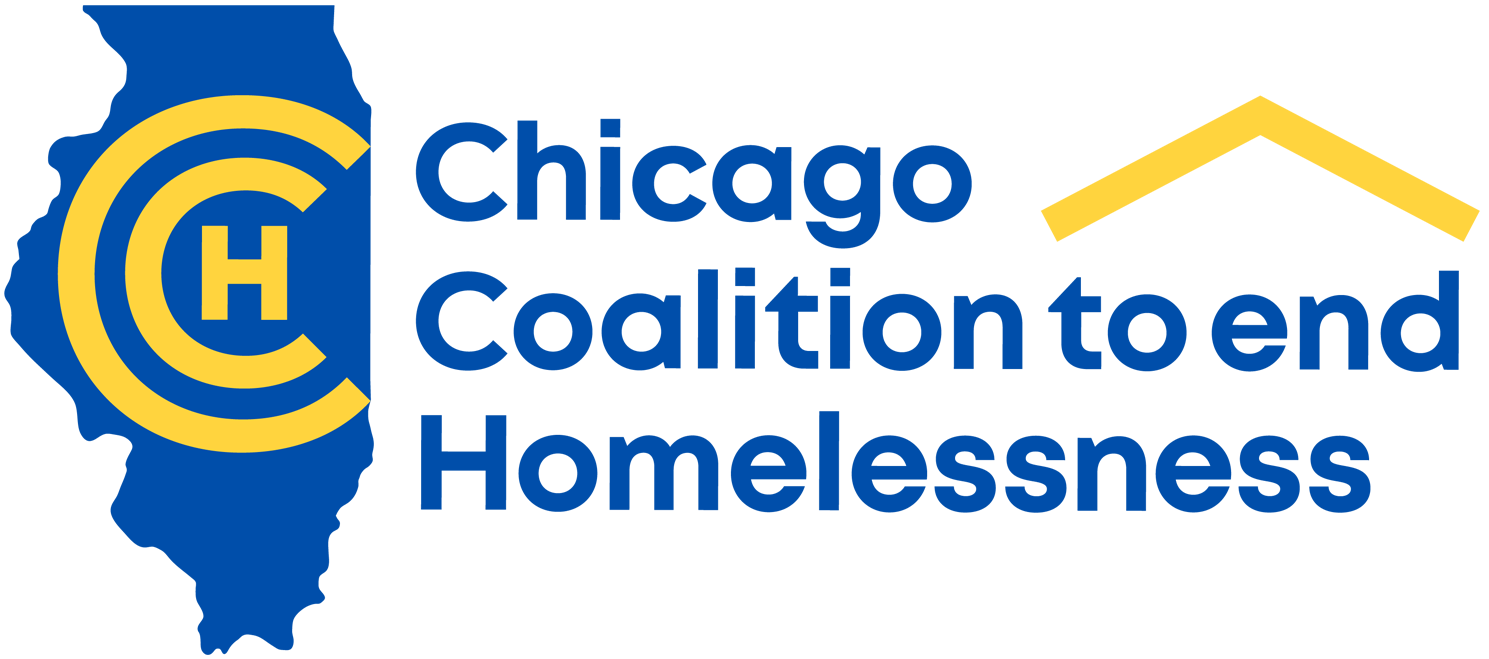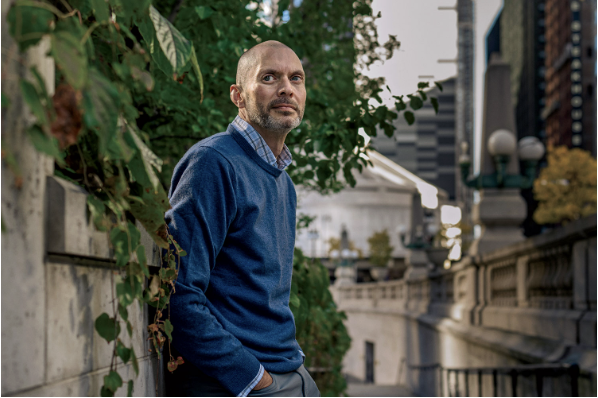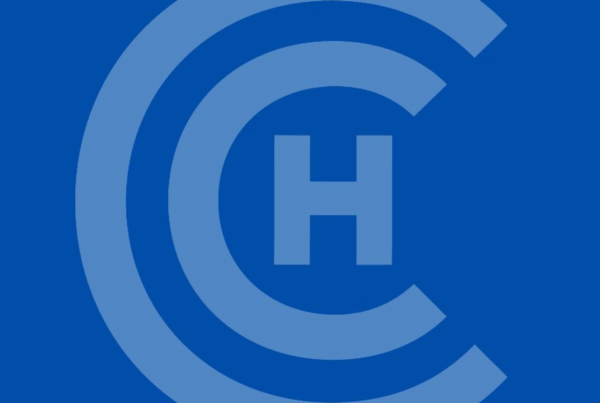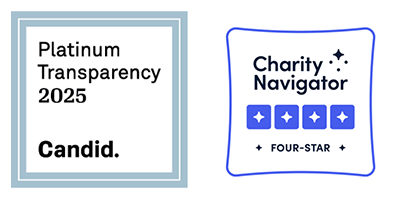Billed as “ending crime and disorder on America’s streets,” the order would shift funds away from “housing first” and “harm reduction” efforts and ease removing encampments and institutionalizing people.
Richard Vargas, director of community outreach for the West Side Heroin and Opioid Task Force, stops a bicyclist near Garfield Park on Friday to provide free harm-reduction kits, including clean needles and Narcan nasal spray. | Ashlee Rezin/Sun-Times
It had started to sprinkle, but Richard Vargas wanted to squeeze in some Narcan training for one more passerby Friday afternoon in East Garfield Park.
Within seconds, a young bicyclist stopped for a free pack of the overdose-reversing nasal spray and lowered his headphones to hear Vargas, the community outreach director of the West Side Heroin and Opioid Task Force.
“He said he’s lost several family members to drug overdose,” Vargas said later. “We gave him training on how to recognize when a person is having an overdose.”
Article Excerpt:
“A growing sentiment is that this is the way to deal with homelessness — to punish people and hide them, rather than really focus on solutions,” said Doug Schenkelberg, executive director of the Chicago Coalition to End Homelessness.
